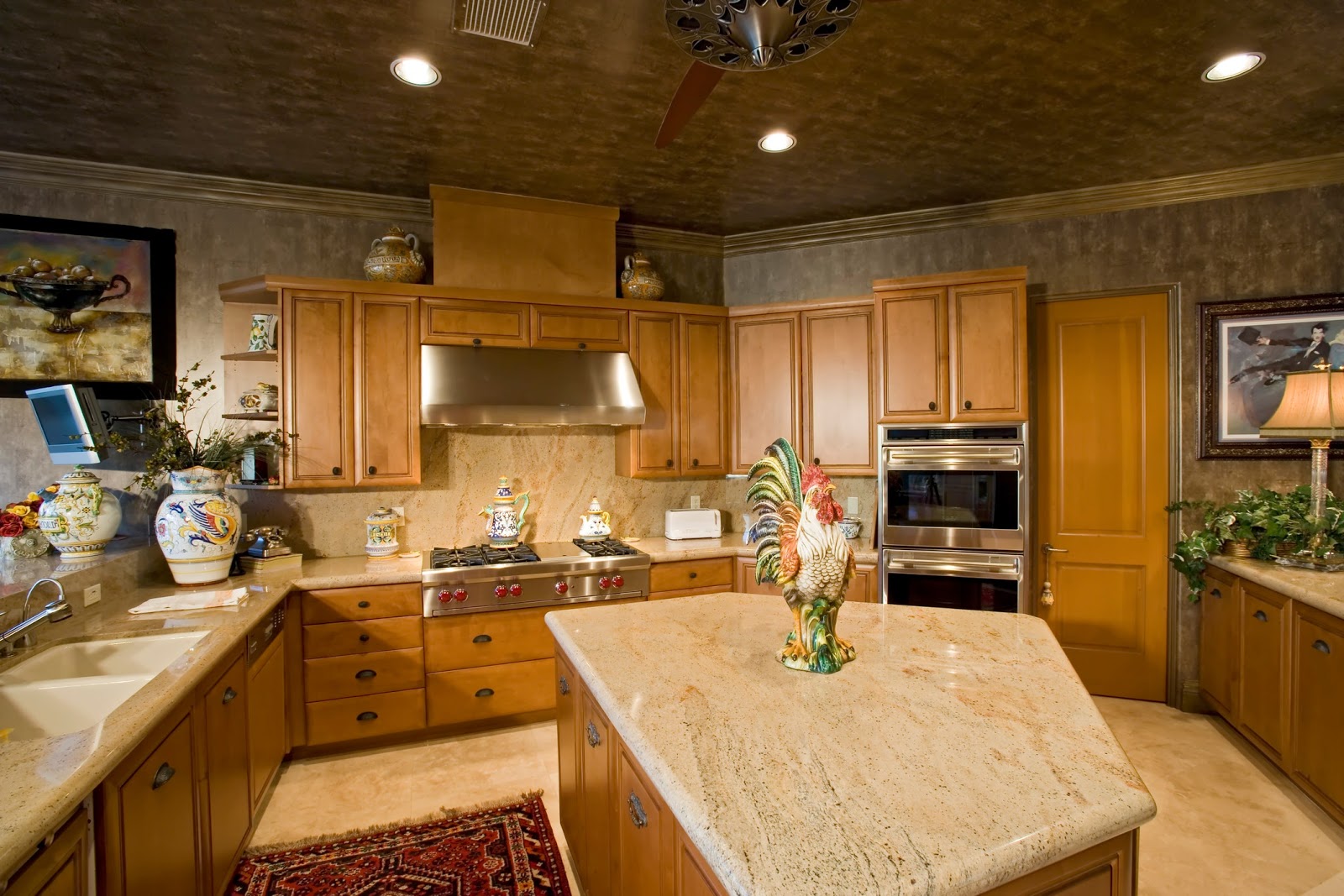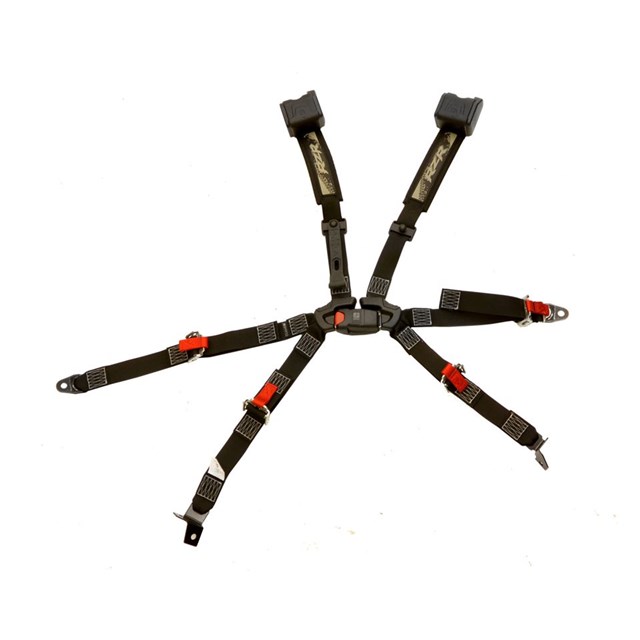Table Of Content

By the 1970s and ’80s, it had matured into a prevalent American architectural style employed in major commissions of civic buildings, entertainment studios, corporate office towers, and resorts. Its formality, extravagance, and Classical references – though often executed in tongue-in-cheek ways – made it well suited to major institutions wishing to appear firmly established and prosperous. By 1999, eBay’s homepage was a lot more colorful and chaotic than the original. And with grainy clip art scattered throughout, the 1999 version of eBay fit comfortably into the 90s web design aesthetic. The 90s logos continue to hold a special place in the hearts of people worldwide. They evoke memories of a time filled with energy, creativity, and iconic cultural moments.
Stagecoach 2024: How to stream Morgan Wallen, Miranda Lambert and other sets at home
The designer of three interesting single-room occupancy hotels, where those of moderate means can get a small, clean room for a reasonable price, Quigley is designing a new community center for Sherman Heights, just east of downtown. Shapery was fortunate enough to find Japanese financial backers who appreciated his interest in architecture. Generally, innovation in local architecture has been hurt by the lack of San Diego corporations committed to quality designs. Rooms may become bedrooms, family rooms or artists’ studios, depending on a buyer’s needs. Katie Horak is a Southern California native and managing principal of Architectural Resources Group's Los Angeles office.
Graphic Design Trends Making a Comeback: From Grunge to Anti-Design
Hollywood Hills Remodel Brought the 1990s Back - Mansion Global
Hollywood Hills Remodel Brought the 1990s Back.
Posted: Thu, 15 Feb 2024 08:00:00 GMT [source]
Due to today’s information-heavy landscape of content creation, the anti-design style has made a comeback. With many creators prioritizing content over design or simply not having classically trained design skills enabled by tools like Canva, anti-design is on the rise again. The Anti-Design movement cannot be left out of a discussion on 90s design styles. One of the best ways to predict what’s next in design is by looking at what was popular over the past few decades and digging into niche aesthetics. Second cousins to brutalism and grunge, Anti-Design is the antithesis of user-friendly design. In a world where your apps are constantly fighting for attention, anti-design jumps out of your screen and demands to be noticed.
Origin: Bold Retro Sans Serif (TTF, OTF)
You couldn’t go anywhere without hearing about the fear of the Y2K bug or seeing the influence of technology on design. In 1997, Icelandic artist, Björk, released her rave-culture-inspired album Homogenic. The sleek design of the cover and electronic sounds of the album anticipated many of the styles that would dominate the next decade. Sci-Fi was experiencing a resurgence with films like The Matrix, and everyone was looking toward the future with anticipation. If you grew up in the late 80s and early 90s, there’s no doubt you remember being covered head-to-toe in bright neon colors and the playful patterns of the Memphis Design movement.

Grunge and punk musicians looking to promote their DIY gigs would often use xerox copy machines to cheaply mass print handmade posters they’d made themselves. The rough textures and unconventional layouts of this iconic grunge look were infamously referenced by designer David Carson in 1990s alternative rock magazine Ray Gun. Whether you were in Berlin, Detroit or Manchester, the clubbing culture of the ’90s otherwise known as the second summer of love, resulted visually in abstract and garish neon flyers and posters to a like-minded crowd.
Designing 90s-Inspired Logos Today
Bands like Nirvana, Soundgarden and Pearl Jam had people all over the world wearing thrifted flannel shirts and copious amounts of eyeliner. This laid-back and carefree outlook translated directly into graphic design, most notably on the album covers of these bands. The 90s logos remain an enduring symbol of a colorful and dynamic era in pop culture. Their bold and quirky designs continue to inspire designers and brands today, reminding us of the influential impact the 90s had on design and branding. Embracing the spirit of individuality and creativity that defined the 90s can add a distinctive and memorable element to modern logo designs. We have the psychedelic style which was really popular in the rave years.
The primary target audience are people who grew up listening to 90’s music, still love it and want to relive a fun part of their life. A secondary target audience is younger people who just love music from the 90’s and want to see it live and party to it. From paper cups to pop culture — the surprisingly dramatic story of the 90s jazz design. Webaholics really loved the 90s design trend of large, dramatic Word Art — those drop shadow text images that were so heavily favored in school projects. The site also featured award badge icons and links to press mentions of the Webaholics site. Oddly enough, the site also functioned as a support group forum for people who felt addicted to the internet.
’90s Backgrounds
The "Disney Renaissance" began with The Little Mermaid in 1989 and ended with Tarzan in 1999. Films of this era include Beauty and the Beast, Aladdin, The Nightmare Before Christmas, The Lion King, Pocahontas, The Hunchback of Notre Dame, Hercules, and Mulan. There was a realignment and consolidation of economic and political power, such as the continued mass-mobilization of capital markets through neoliberalism, globalization, and end of the Cold War. Network cultures were enhanced by the proliferation of new media such as the internet, and a new ability to self-publish web pages and make connections on professional, political and hobby topics.
Yahoo Games
This website is using a security service to protect itself from online attacks. There are several actions that could trigger this block including submitting a certain word or phrase, a SQL command or malformed data.
The contemporary country palette is clean and simple and paired with modern design elements like high ceilings, metal accents, and large glass windows. Phoebe Schuh notes the “new farmhouse” is a pared-down version of the ’90s country kitsch, often set against a minimalist backdrop. So unearth that whitewashed farm table from the basement and consider it a cock-a-doodle-do. Based on all the other attributes of 90s website design, it’s safe to assume that font styles would be anything but simple.
Use them to create textiles, branding materials, packaging, wall art, and more. You’ll get 30 AI files, 30 EPS files, 10 JPG files, and 20 PNG files with transparent backgrounds. When clicked, the icons took us to interactive landing pages full of trivia games, coloring books, behind-the-scenes content, and even downloadable screensavers and posters. The Space Jam site is a textbook example of what web design in the 90s looked like — colorful, clunky, and full of mismatched backgrounds and unnecessary animations.
Let us know if you're a freelance designer (or not) so we can share the most relevant content for you. These textures were sourced from photos of real surfaces to have an authentic feel. Use these to add distress to your 90s graphics and take them to another level. In an emailed statement, Jacquelyn Goddard, a spokesperson for the Massachusetts Department of Transportation, said that a 2022 analysis predicted multiple negative impacts in the event of a lane reduction. “It’s supposed to be multimodal, and it seems very car centric,” she said in an interview. Like many other participants, Jennifer Pieszak, a member of Community Rowing, saw room for improvement in the project.
But if the bell curve of bell-bottom fashion taught us anything, it was only a matter of time before some ’90s trends resurfaced in our homes. As the old adage goes, What’s old is new again — this time with a 21st-century spin. The icons on the Lego page may have been pixilated, but the color contrast and creativity worked into their web design captured their audience’s attention regardless. They were cutting-edge and accessible during a period when there were limited resources to make web pages stand out. Animations were most commonly incorporated into mouse movement and clickable icons, but they could also be a part of the background.
The digital divide was immediate, with access limited to those who could afford it and knew how to operate a computer. The internet provided anonymity for individuals skeptical of the government. However, mainstream internet users were optimistic about its benefits particularly the future of e-commerce. Web portals, a curated bookmark homepage, were as popular as searching via web crawlers.
Whitestone Branding Designs 'Vintage '90s' Self-Promo Kit - ASICentral
Whitestone Branding Designs 'Vintage '90s' Self-Promo Kit.
Posted: Fri, 13 Oct 2023 07:00:00 GMT [source]
Metallica's 1991 eponymous album Metallica is the best-selling album of the SoundScan era, while extreme metal acts such as Death, Mayhem, Darkthrone, Emperor, Cannibal Corpse and others experienced popularity throughout the decade. If you’re a fan of the ’90s, then you’ll love these retro backgrounds. You can even add them to your social media posts to give your followers a blast from the past. This set of super cute hand-drawn, ’90s-inspired doodle illustrations, design elements, and patterns can be used for everything from greeting cards to event flyers, party invitations, gift wrap, and fabrics. The collection comes with a whopping 83 different EPS files — including 10 seamless patterns. We’ve got a lot more of the Memphis style everyone loved so much in the ’90s, only this set is a little bit different.
While denim and tie-dye was the fashion uniform of Cali-cool in the 90s, it was the deconstructionist attitude of designers working in the sunshine state that had the most transformative effect on design as a whole. The pioneer of this deconstructionist approach was graphic designer David Carson, who used experimental typography in his ground-breaking editorials for magazines Beach Culture and Ray Gun. While Seattle was the focus of the grunge music scene, it was further down on the West Coast that would have the greatest impact on graphic design in the 1990s. Always a leader in cool and casual style—thanks to its surf heritage and reputation for laidback living—California was made for the mellow 90s.

No comments:
Post a Comment